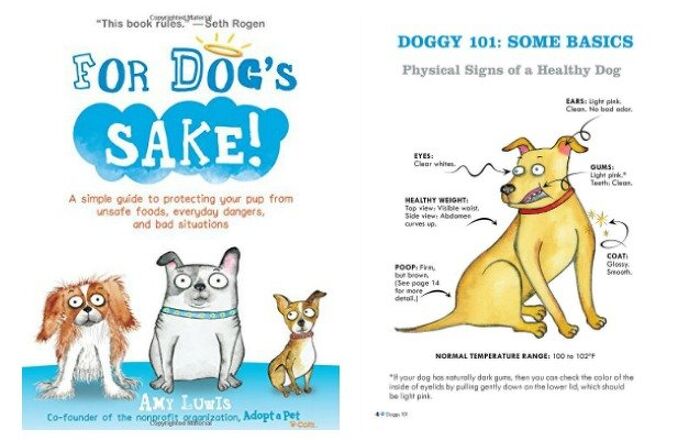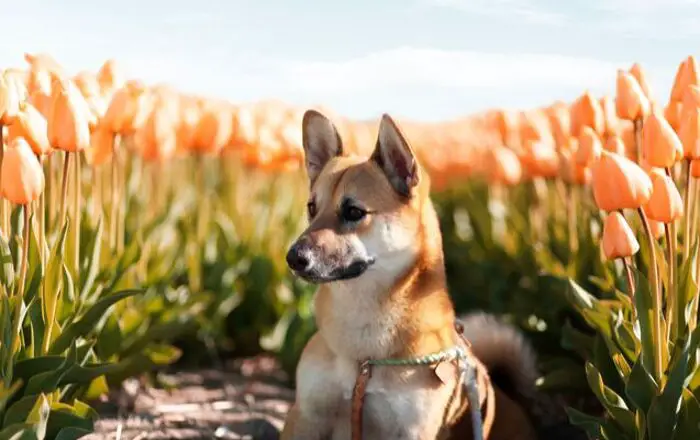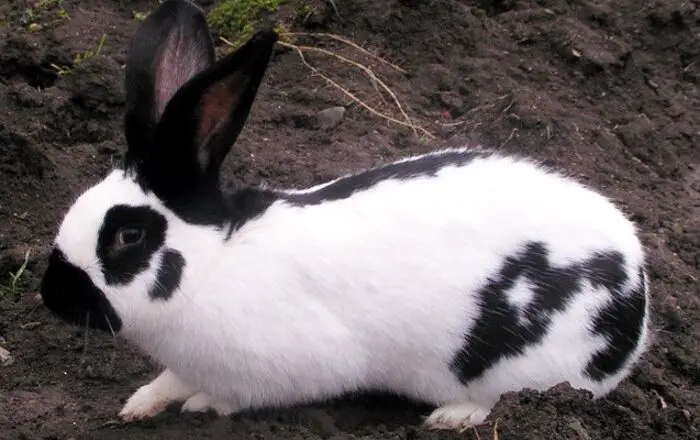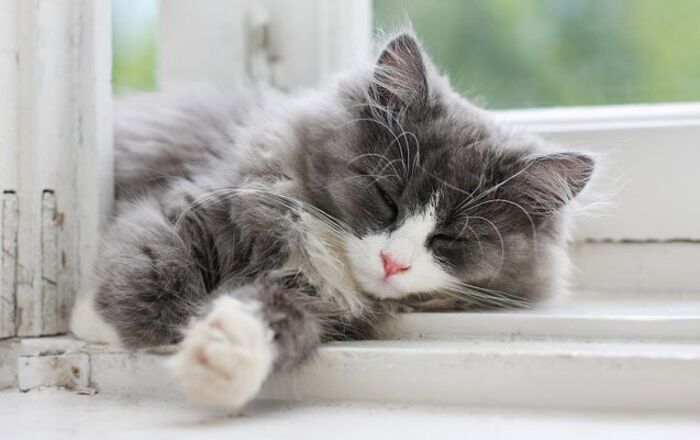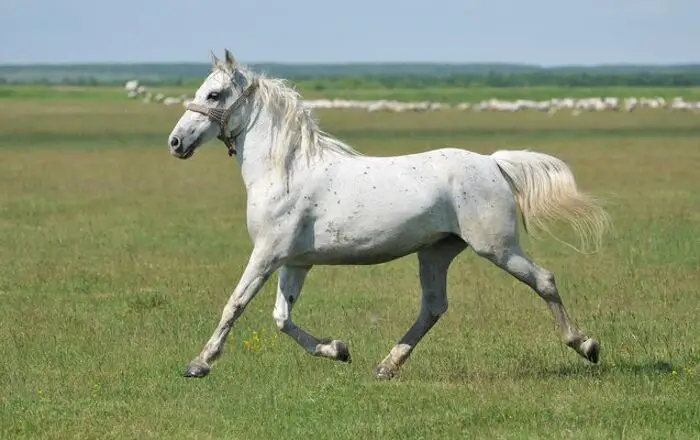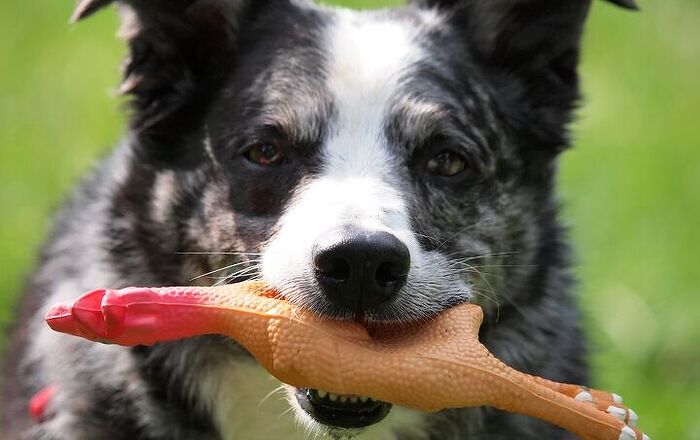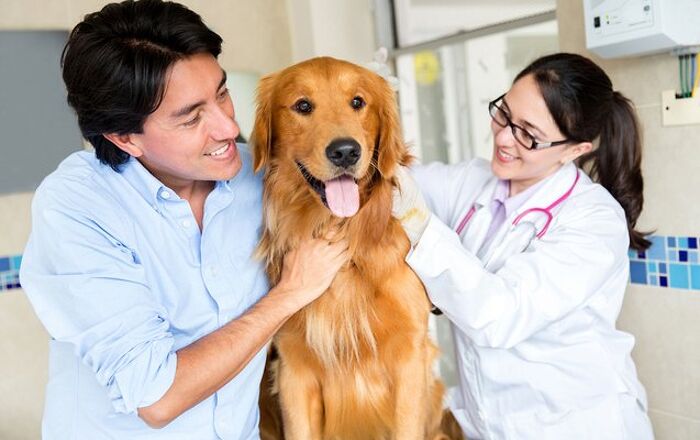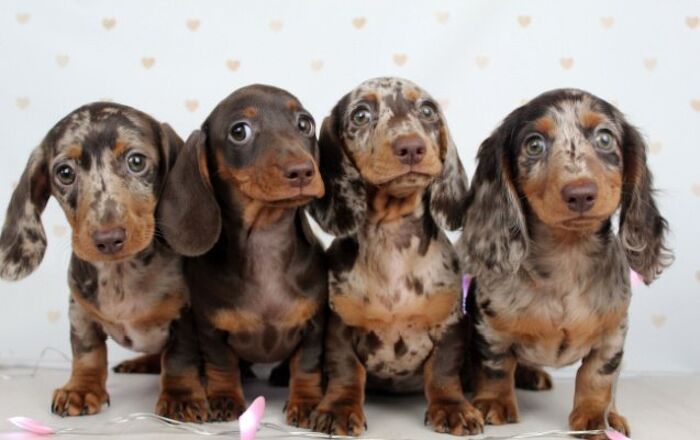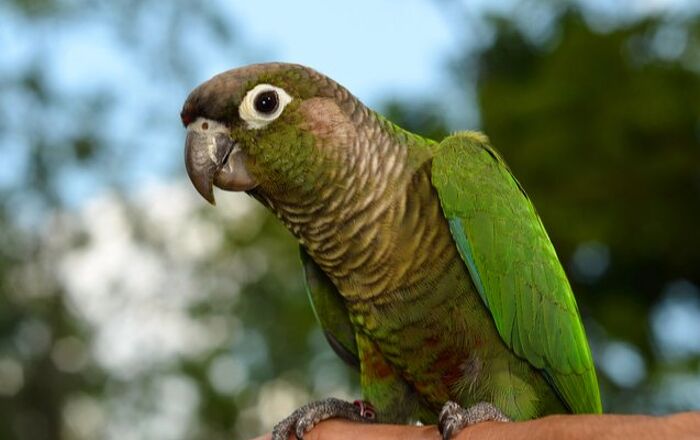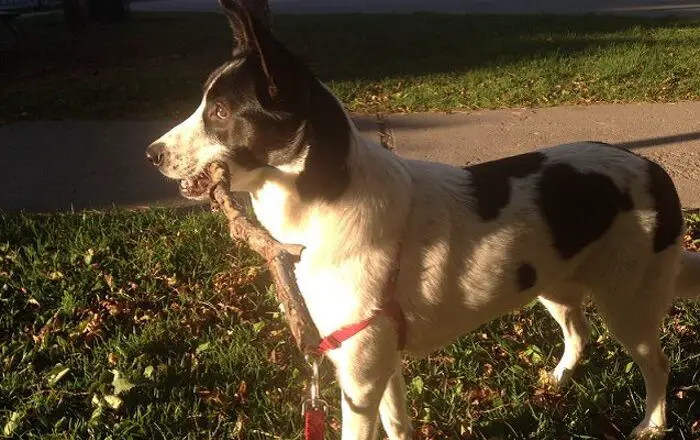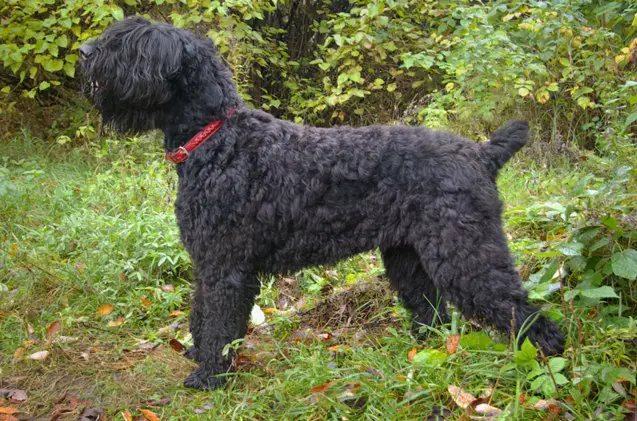
Black Russian Terrier Basics
Also known as Stalin’s dog or Sobaka Stalina, the Black Russian Terrier is a low-maintenance and hard working dog. Developed by the post World War II Soviet Union, the Black Russian Terrier or BRT, is not a true terrier, and is instead categorized as a working dog.
The BRT is a fairly large dog and has a powerfully built body. Both its forelegs and hindquarters are well-boned and muscular, and end in large, padded feet. The BRT’s head is fairly large and block shaped and is equipped with a powerful set of teeth that meet in a scissor bite. The BRT’s body is covered in a thick double coat. The outer-coat is coarse and wiry while the thick undercoat is soft to the touch. The BRTs coat is black and sometimes has a few stray grey hairs. Brown or white markings are considered to be a fault.
BRTs are extremely intelligent and self-assured dogs. Bred primarily as guard dogs, they have extremely strong protective instincts and are devoted to their owners. Their strong personalities do however require owners with a thorough understanding of dog psychology and leadership.
The Black Russian Terrier is a low-maintenance and hard working dog.
Origin
The Black Russian Terrier was developed by the former USSR’s state owned Red Star Kennel. The breed was developed specifically to serve as a military/working dog. The primary goal when developing the BRT was to create a low-maintenance and robust dog that was also high-spirited and able to adapt to various tasks and climatic conditions. Until 1957 the BRT was bred solely by the Red Star Kennel, and the kennel bred specimens, although similar in temperament and character, would vary in appearance. However, once the Black Russian Terrier was made available to civilian breeders, efforts were taken to standardize their “look” while at the same time retaining their temperament and physical capabilities.
Pedigree
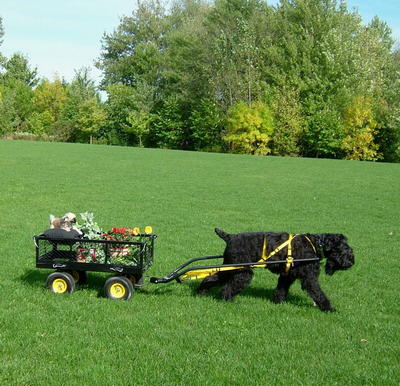
It is believed that the breeding stock used to develop the Black Russian Terrier came mainly from the USSR occupied territories. Their pedigree includes crossings of over 20 distinct breeds such as the Airedale Terrier, Caucasian Ovcharka, Newfoundland, Giant and Standard Schnauzer and the Moscow Water Dog.
Food/Diet
Black Russian Terriers should be fed on 3.5-4 cups of high quality dog food divided into two meals a day.
Black Russian Terriers are extremely intelligent and eager to please and are fairly easy to train.
Training
Black Russian Terriers are extremely intelligent and eager to please and are fairly easy to train. They do however have strong personalities and should be handled with a loving but firm hand from an early age. BRT puppies are inquisitive and playful and some adults too display this extreme curiosity. Black Russian Terriers often excel at various obedience competitions and dog sports such as agility and Schutzhund training.
Weight
Fully grown Black Russian Terriers weigh between 80 to 140 pounds.
Temperament and Behavior
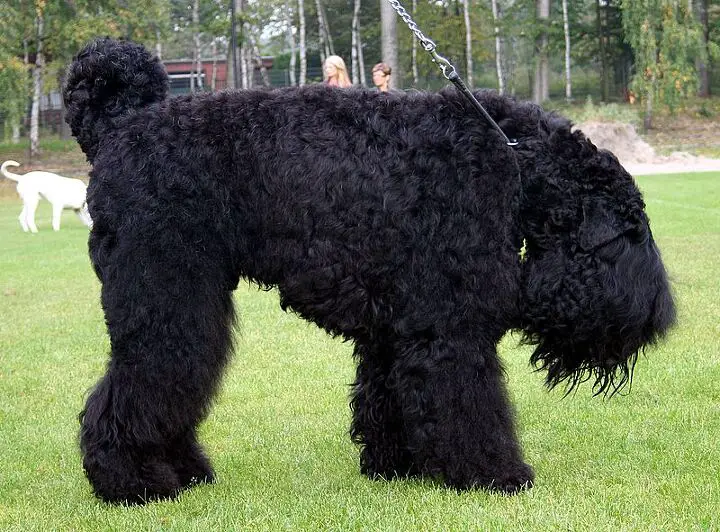
Black Russian Terriers were bred to have a hard work ethic and therefore need a “meaningful” job to lead a happy and balanced life. They are also a highly energetic breed and require at least an hour of rigorous exercise each day. When not provided with an outlet to release their excess energy Black Russian Terriers can become extremely hyperactive and develop various behavioral issues.
Black Russian Terriers have a very strong guarding instinct that kicks in around two years of age. They are extremely brave and highly devoted to their owners. They are also naturally suspicious of strangers and do not take well to intruders. However, they rarely bark excessively unless they feel that it is absolutely required. These qualities make the BRT an excellent modern-day guard dog.
BRTs also get along extremely well with children and love to frolic and play with them. They also get along well with other household pets and animals. However, problems can arise when housing a Black Russian Terrier with another large and dominant dog as BRTs have very strong personalities. Therefore it is imperative that owners be able to maintain dominance and leadership over both dogs.
Common Health Problems
The Black Russian Terrier is a fairly healthy breed of dog. However, they do suffer from a few hereditary conditions such as hip and elbow dysplasia and Hyperuricosuria.
Life Expectancy
When well cared for, a Black Russian Terrier will often enjoy a lifespan of 10-14 years.
Exercise Requirements
A responsible BRT owner will ensure that his or her dog gets at least an hour of rigorous exercise each day. These dogs were bred to be hard workers and need to drain their high levels of energy in order to lead a happy and well-balanced life.
Black Russian Terriers were bred to have a hard work ethic and therefore need a “meaningful” job to lead a happy and balanced life.
AKC
The Black Russian Terrier was recognized by the American Kennel Club in July, 2004.
The club has this to say about the breed: “Large, robust and powerful, the Black Russian Terrier (BRT) was developed in Russia as a guard dog. Despite its name, the Black Russian is a member of the Working Group and not the Terrier Group. Their tousled double coat must be coal black and coarse in texture.”
Coat
A Black Russian Terriers coat should be brushed 2-3 times a week and requires a trim at least twice a year. Owners should take care to remove any dead hair from the dog’s ear ducts and to trim the hair under its paws. BRTs are light shedders.
Puppies
BRT puppies mature fairly slowly in comparison to other breeds. However it is important that training and socializing begins at a very early age. BRTs have excellent memories and often retain various lessons and experiences from puppyhood.
Photo credit: ©iStock.com/alazor; dutchmasterdutchie/Flickr; Pleple2000/Wikimedia


